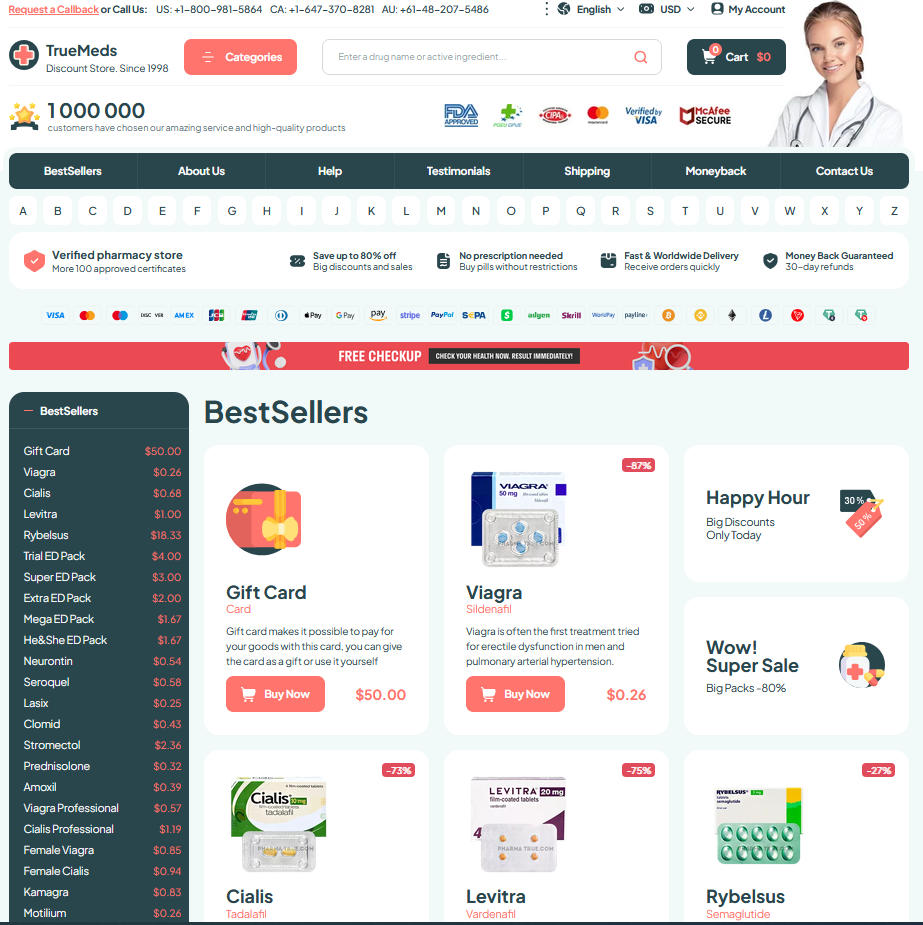 Abilify Vs Other Antipsychotics: Pros and Cons
Abilify Vs Other Antipsychotics: Pros and Cons
How Abilify's Mechanism Differs from Other Antipsychotics
Aripiprazole stands out because it behaves as a dopamine D2 partial agonist, not a pure blocker. This means it can tone down excessive dopamine activity while preserving signaling, reducing side effects linked to full antagonism.
Many other antipsychotics are dopamine antagonists, blocking D2 receptors completely. They often increase prolactin and cause greater motor side effects. Aripiprazole’s mixed activity translates to a subtler modulation across brain circuits and varied clinical effects.
It also interacts differently with serotonin receptors: partial agonism at 5‑HT1A and antagonism at 5‑HT2A, combined with D2 partial agonism, influence mood and cognition and help explain distinct clinical responses seen in several studies now.
Functional selectivity means cell-type specific effects that may reduce extrapyramidal symptoms and prolactin elevation compared with full antagonists, but tradeoffs include akathisia and varied patient tolerability, making personalized selection and monitoring essential for treatment decisions.
| Receptor | Action |
|---|---|
| D2 | Partial agonist |
| 5-HT1A | Partial agonist |
| 5-HT2A | Antagonist |
Comparing Efficacy: Schizophrenia, Bipolar, Depression Outcomes

In clinical practice, abilify’s partial dopamine agonism gives it a distinctive efficacy profile: it controls psychosis and manic symptoms about as well as many atypical antipsychotics, particularly for positive symptoms, while sometimes offering fewer sedative benefits. For schizophrenia, studies show comparable reduction in hallucinations and delusions, though benefits on negative symptoms and cognition are modest and similar to peers. Choice often hinges on tolerability and individual response rather than superiority.
When treating bipolar disorder, abilify has demonstrated efficacy for acute mania and maintenance, with relapse prevention similar to several atypicals but often with less sedation. As an adjunct in major depressive disorder, it raises response and remission rates versus antidepressant alone, though benefits are incremental and require monitoring. Clinicians weigh these outcome advantages against individual risks, choosing agents—favoring stronger sedatives or more metabolically impactful drugs—based on patient goals and preferences.
Side Effects Showdown: Weight Gain, Metabolic, Movement Disorders
Choosing an antipsychotic often feels like balancing benefits against burdens, and side effects drive many decisions. For some patients, abilify offers a relatively lower risk of weight gain and metabolic disruption, presenting an attractive option when those issues are priority concerns.
However, not all risks are absent: first‑generation drugs (like haloperidol) carry high movement disorder risk, while olanzapine and clozapine are notorious for weight and metabolic syndrome. Second‑generation options vary—risperidone and quetiapine have intermediate profiles; aripiprazole tends toward fewer metabolic effects but can cause akathisia in some.
Clinicians should individualize choice, monitor glucose and lipids, counsel on diet/exercise, and switch agents if intolerable effects emerge—shared decision‑making helps match symptom control to acceptable risks and preferences.
Dosing Options, Formulations, and Impact on Adherence

A patient remembers the first prescription: an oral tablet fitting morning routines, promising steadier moods and simpler schedules to reduce missed doses and anxiety.
Options range from daily tablets like abilify to monthly injections, offering flexibility that can transform chaotic adherence into predictable care and stability.
Different formulations suit lifestyles: disintegrating tablets, patches, or long‑acting injectables reduce forgetfulness, while tailored dosing and monitoring improve long-term engagement and outcomes.
Clinicians can boost adherence by simplifying regimens, addressing side effects promptly, coordinating costs and education, and scheduling practical follow-ups with family support.
Interactions and Safety in Pregnancy, Elderly, Comorbidities
Clinicians often weigh drug interactions and special-population risks like a navigator charting foggy seas. For example, abilify’s partial dopamine agonism can reduce some sedative burden, but concomitant CYP inhibitors or antidepressants raise serotonin and QT concerns; pregnancy decisions balance maternal stability against limited fetal data, and abrupt changes can precipitate relapse. Shared decision-making, baseline labs, and modest tapering strategies help manage unknowns.
Older adults require particular vigilance: age-related renal or hepatic decline magnifies exposure, and falls from orthostatic effects or akathisia increase morbidity, so lower starting doses and slow titration are prudent. Comorbid cardiac, metabolic, or neurologic disorders alter risk–benefit calculations; coordinating with primary care, monitoring weight, lipids, glucose and movement symptoms, and using clear follow-up plans reduces adverse outcomes and supports adherence. When pregnancy is expected, preconception counseling and specialist input optimize maternal and fetal outcomes wherever possible proactively.
| Population | Key Tip |
|---|---|
| Pregnant | Specialist consultation |
| Elderly | Start low, monitor closely |
| Comorbidities | Coordinate care, check labs |
Cost, Accessibility, Insurance Coverage, and Prescribing Tips
Patients and clinicians often face sticker shock; branded aripiprazole can be expensive, while generics reduce the financial burden. Pharmacy benefits vary, copays fluctuate, and prior authorization may delay treatment—so checking formulary status is essential now.
Manufacturer coupons, patient assistance programs, and discount cards can bridge gaps for those lacking robust benefits. Comparing retail, mail-order, and specialty pharmacy prices, and asking pharmacists about therapeutic equivalents, often yields substantial savings in practice.
Clinicians should verify a patient's formulary before prescribing, consider generics or long-acting injections for adherence, and document medical necessity for nonpreferred agents. Clear communication about side effects and monitoring fosters follow-through and reduces interruptions thereby.
When denials occur, timely appeals and peer-to-peer discussions can overturn restrictions. Schedule early follow-up to reassess response and tolerability, discuss realistic cost expectations with patients, and tailor treatment plans that balance efficacy, safety, and affordability.
(832) 428-5608
Houston, TX 4101 Greenbriar Dr. Ste. 205K
info@enhancingmassage.com
(832) 428-5608
Houston, TX 4101 Greenbriar Dr. Ste. 205K
info@enhancingmassage.com
(832) 428-5608
Houston, TX 4101 Greenbriar Dr. Ste. 205K
info@enhancingmassage.com